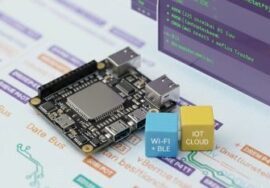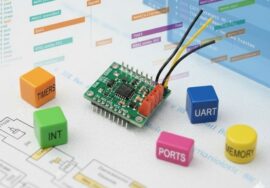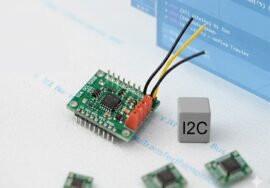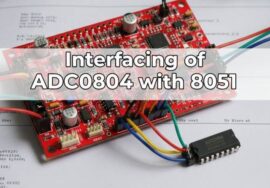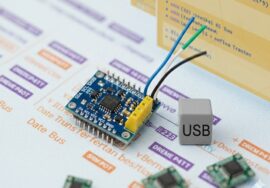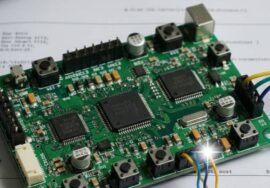
The Importance of Learning ARM Microcontrollers for Engineers
In the field of embedded systems, acquiring knowledge of ARM architecture is a critical skill for engineers. ARM (Advanced RISC Machine) is one of the most widely used architectures in embedded applications, powering a vast array of devices from smartphones to industrial controllers.
Why ARM Architecture Matters
- Dominance in the Embedded Market:
- ARM processors are present in over 90% of embedded devices, making it essential for engineers to be familiar with their architecture.
- Energy Efficiency:
- ARM processors are known for their low power consumption, making them ideal for battery-operated devices and IoT applications.
- Scalability:
- ARM offers a range of processor cores, from low-power Cortex-M series for microcontrollers to high-performance Cortex-A series for complex applications.
- Wide Ecosystem Support:
- A rich development ecosystem, including tools, libraries, and support communities, simplifies the development process.
- Industry Adoption:
- Companies across automotive, consumer electronics, and industrial sectors rely on ARM-based solutions.
Benefits of Learning ARM for Embedded Engineers
- Enhanced Job Opportunities:
- Proficiency in ARM architecture opens doors to diverse roles in the embedded systems industry.
- Versatility in Development:
- ARM knowledge enables engineers to work on a wide range of projects, from low-level firmware to complex application development.
- Understanding Modern Microcontroller Trends:
- As ARM-based microcontrollers become standard, staying updated with this architecture ensures relevance in the field.
- Efficiency in Problem-Solving:
- Familiarity with ARM’s architecture and instruction set allows engineers to optimize code and improve system performance.
Applications of ARM in Embedded Systems
- IoT Devices:
- Smart home solutions, wearable devices, and environmental sensors.
- Automotive Systems:
- Advanced driver assistance systems (ADAS), infotainment systems, and engine control units.
- Consumer Electronics:
- Smartphones, tablets, and multimedia devices.
- Healthcare and Medical Devices:
- Portable diagnostic tools and patient monitoring systems.
- Industrial Automation:
- Robotics, real-time monitoring systems, and predictive maintenance.
Getting Started with ARM Development
- Development Tools:
- Use popular IDEs like Keil MDK, STM32CubeIDE, and Arm Development Studio.
- Microcontroller Platforms:
- Start with development boards like STM32, NXP LPC series, or Nordic Semiconductor boards.
- Online Resources and Communities:
- Explore online courses, documentation, and forums to build a strong foundation.
- Hands-on Projects:
- Implement real-world projects to gain practical experience and strengthen your understanding.
Conclusion
Learning ARM architecture is crucial for embedded engineers looking to stay competitive and versatile in the industry. With its widespread adoption, energy efficiency, and robust ecosystem, ARM continues to be a cornerstone of modern embedded system design. Engineers who invest time in mastering ARM will be well-equipped to handle the challenges of today’s evolving technological landscape.



